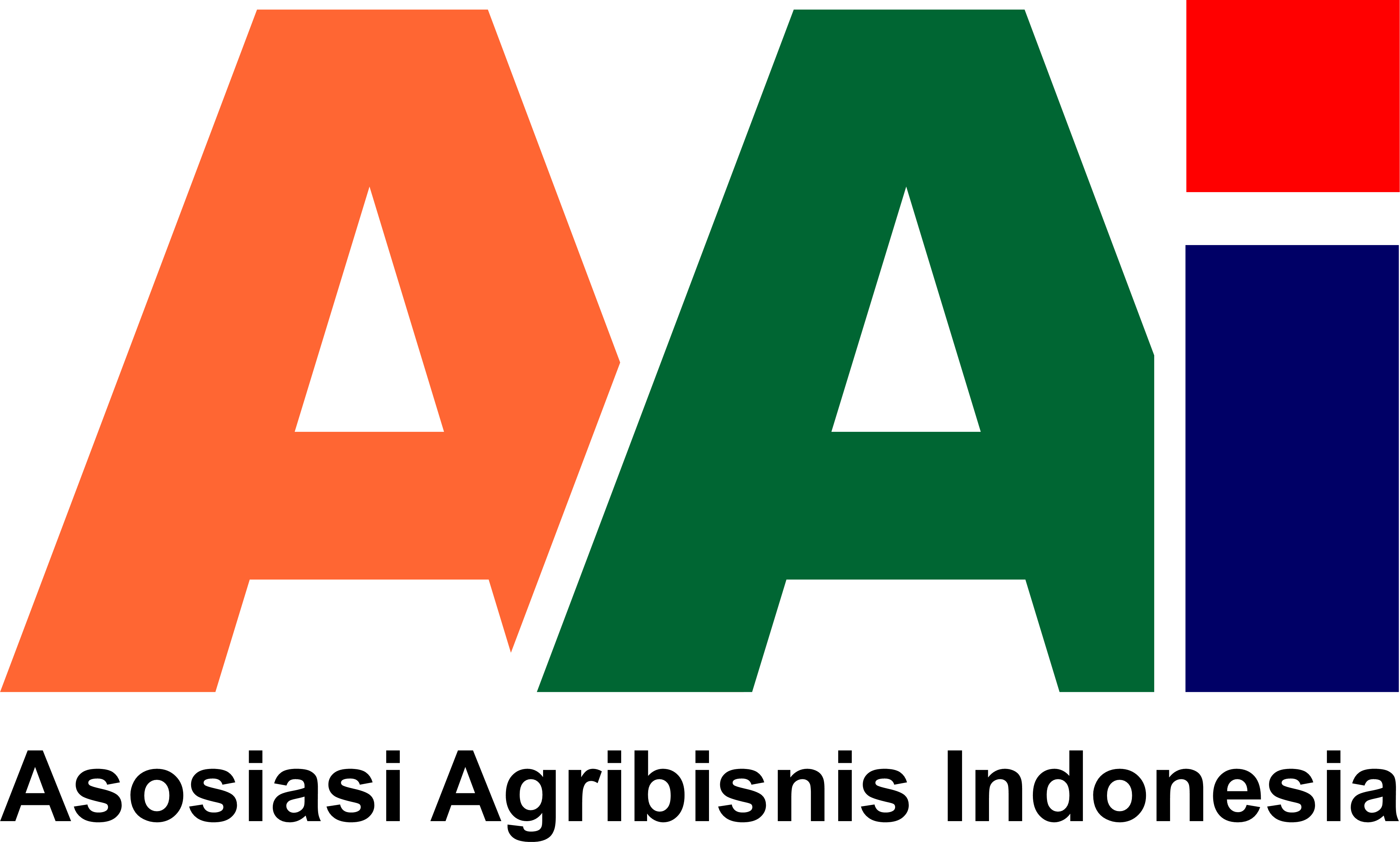IDENTIFIKASI KARAKTER PERMUKIMAN DI TIGA WILAYAH PEMBANGUNAN KABUPATEN BADUNG
Abstract
Badung Regency is a rapidly development area in Bali Province that caused by highly human activities. This development can be seen from the character of settlements in the are. Badung regency is divided into 3 development areas namely North Badung (sub-District Petang and Abiansemal), Middle Badung (sub-District Mengwi) and South Badung (sub-District Kuta Selatan, Kuta and Kuta Utara). The survey results on biophysical factors such as vegetation, land use, landforms and human factors i.e. land boundaries, patterns, infrastructure, and regional policy show that there are some different unique characteristics between these 3 development areas in Badung Regency. In general, landscapes of settlement in the North Badung are composed of linear housing along the main road but between houses tend to be separated by plantation area. Landscapes of settlement in the Middle Badung, consist of clustered housing along the road, with small access to the back of the house (rice fields) while, houses along the main road in the South Badung are shophouses and the residents' houses are clustered linear along small alley.
Downloads
References
[BPS] Badan Pusat Statistik. 2018. Proyeksi Penduduk Provinsi Bali Menurut Jenis Kelamin dan Kabupaten/Kota, 2011-2020 (ribu jiwa). Tersedia pada: https://bali.bps.go.id/linkTableDinamis/view/id/115. (diakses 31 Januari 2018).
[Pemkab Badung] Pemerintah Kabupaten Badung. 2018. Sektor Unggulan. https://badungkab.go.id/page/read/30. (diakses 31 Januari 2018).
Antrop M. 2004. Landscape change and the urbanization process in Europe. Landscape and Urban Planning 67:9–26. doi:10.1016/S0169-2046(03)00026-4.
Black AE, Morgan P, Hessburg PF. 2003. Social and biophysical correlates of change in forest landscapes of the interior Columbia Basin, USA. Ecological Applications 13(1):51–67.
[CLCA] Current Landscape Character Assessment. 2003. Northamptonshire Current Landscape Character Assessment. http://www.rnrpenvironmental character.org.uk/data/4.1%20CLCA.pdf. (diakses 31 Januari 2018)
Du X, Jin X, Yang X, Yang X, Zhou Y. 2014. Spatial pattern of land use change and its driving force in jiangsu province. Int. J. Environ. Res. Public Health (11):3215-3232. doi:10.3390/ijerph110303215.
Elmhagen B, Kindberg J, Hellstrom P, Angerbjorn A. 2015. A boreal invasion in response to climate change? Range shifts and community effects in the borderland between forest and tundra. AMBIO 44(1):39–50. doi: 10.1007/s13280-014-0606-8.
Hudayya, R. 2010. Aplikasi Sistem Informasi Geografis untuk Analisis Pola Sebaran dan Perkembangan Permukiman (Studi Kasus Kabupaten Bogor, Jawa Barat). Skripsi. Program Studi Manajemen Sumberdaya Lahan Departemen Ilmu Tanah dan Sumberdaya Lahan, Institut Pertanian Bogor, Bogor.
Marwasta D, Priyono KD. 2007. Analisis Karakteristik Permukiman Desa-Desa Pesisir di Kabupaten Kulonprogo. Forum Geografi 21(1):57-68.
Odeh T, Boulad N, Abed O, Yahya AA, Khries N, Jaber N. 2017. The Influence of Geology on Landscape Typology in Jordan: Theoretical Understanding and Planning Implications. Land 6(51).
Peng LP, Hsieh YS. 2015. Settlement Typology and Community Participation in Participatory Landscape Ecology of Residents. Landscape Research. http://dx.doi.org/10.1080/01426397.2014.967190.
Putri YY. 2013. Kajian Lanskap Permukiman Tradisional Masyarakat Lampung Saibatin di Pekon Kenali, Lampung Barat. Tesis. Sekolah Pascasarjana, Institut Pertanian Bogor, Bogor.
Sarwar MI, Billa M, Paul A. 2016. Urban land use change analysis using RS and GIS in Sulakbahar ward in Chittagong city, Bangladesh. International Journal of Geomatics and Geosciences 7(1):1-10.
Wu J, Jenerette GD, David JL. 2003. Linking Land-Use Change with Ecosystem Processes: A Hierarchical Patch Dynamic Model. In Guhathakurta S (ed). Integrated Land Use and Environmental Models. Springer, Berlin:99-119.
Xie Y, Yu M, Bai Y, Xing X. 2006. Ecological analysis of an emerging urban landscape pattern—desakota: a case study in Suzhou, China. Landscape Ecol 21:1297–1309. doi: 10.1007/s10980-006-0024-9.













